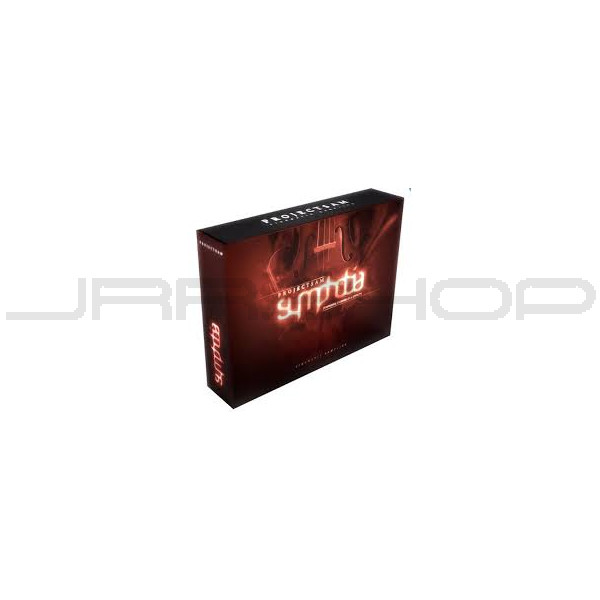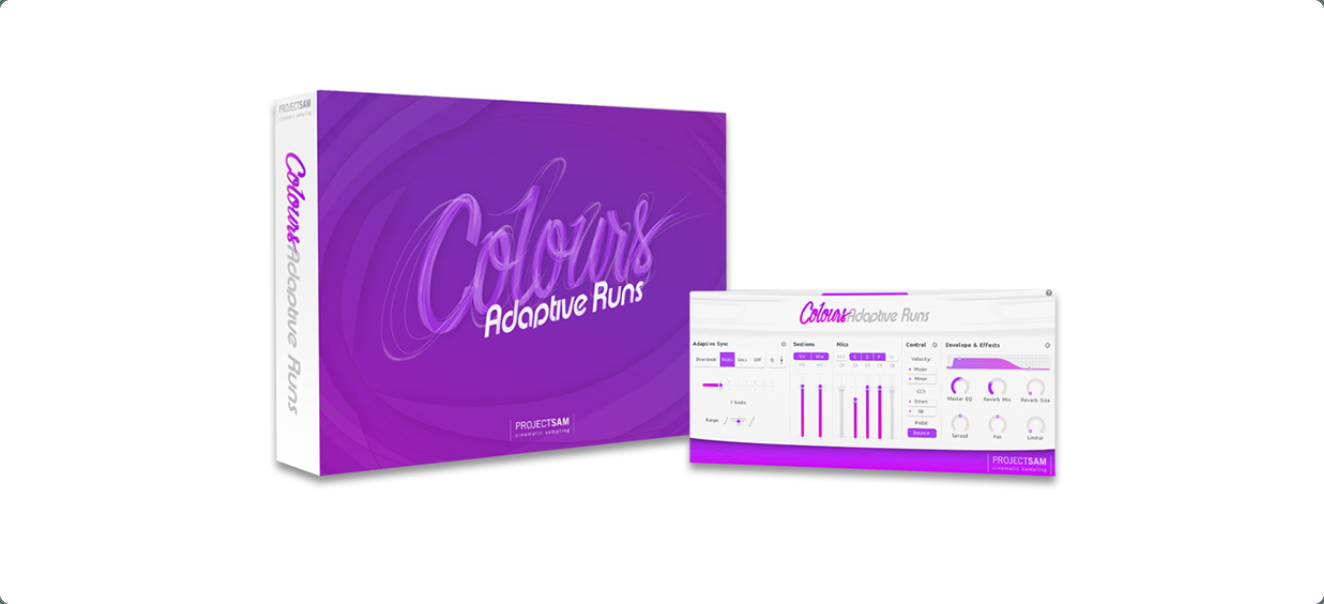

Symphobia 3, Albion V, and Time Macro represent - again to me - more specialized sound sets.

Oddly enough, I find that the Orchestral Tools libraries tend to play nicely with either Spitfire or Project Sam, but Spitfire and Project Sam are more difficult to blend. Then, as finances allowed, I'd add Symphobia 1 and MA 1 to complete this part of the collection. Next up I'd probably add MA 2 because it fills in gaps well, especially for more bombastic projects.

I'd add Albion ONE next because the breadth of sounds is unmatched. I would start with Symphobia 2 - I find it the most inspirational, I can fire up one of their multis and almost immediately find an idea that works. (It helps that they are all available, which was not the case when I was building my virtual orchestra.) I can say, with reasonable certainty, that I would still own all of these libraries if I were starting out today, but I'd purchase them in a different order. I can't begin to address why one library sells more quickly other than the obvious, perceived utility? None of which directly answers your questions. I suspect that when I finally get good at this I'll use both types of libraries. Something about the speed with which one can work with the ensembles instead of fussing around with the individual tracks. The other thing, which has worked for me, is to start writing with the ensemble libraries and then add in or replace individual instruments. Which is a heck of lot more work than it probably sounds like! The trick, for me, I think, is to write as I normally do, sequence with individual instruments or sections, and then replace parts with ensembles from these libraries where it fits. In fact the library that introduced me to the concept was Cinesamples CineOrch, which I still use from time to time. Not unlike recording an entire combo vs mulitracking the individual players. Perfectly logical that recording musicians together will sound more like you recorded them together, but you have to sacrifice some flexibility.

They offer a level of "real" that is difficult, if not impossible to achieve with individually sampled instruments. I really like the sound of all these libraries. I also own both Swing! libraries, and Metropolis Ark 1 & 2, and Time Macro Equally important, I continue to try to learn to use them well. That is an issue of understanding the workflow more than any specific problem. In the interest of transparency I don't use any of them nearly as much as I use my individual instrument libraries. 35 GB library (uncompressed, takes up 18.I own Albion ONE, Albion V Tundra, and all three Symphobias.On-screen velocity and modwheel mapping info.Script intelligently switches to half or double tempo.Includes tempo sync guitar and drum grooves.Rhythm section includes guitars, basses and jazz drums.Brass section mutes and solo instruments.If you compose for film, animation, games or advertisements, Swing! will undoubtedly lighten up your working day. It offers you an incredibly diverse collection of sounds that blend together marvellously. Swing! playfully brings together the worlds of jazz and film scoring with lively big band ensembles, a groovy rhythm section and an awesome set of solo lead instruments.
#Project sam symphobia settings series#
After setting new standards in film scoring with its renowned Symphobia Series and Orchestral Essentials Series, ProjectSAM now brings you Swing! – The Jazzy Film Scoring Library.


 0 kommentar(er)
0 kommentar(er)
